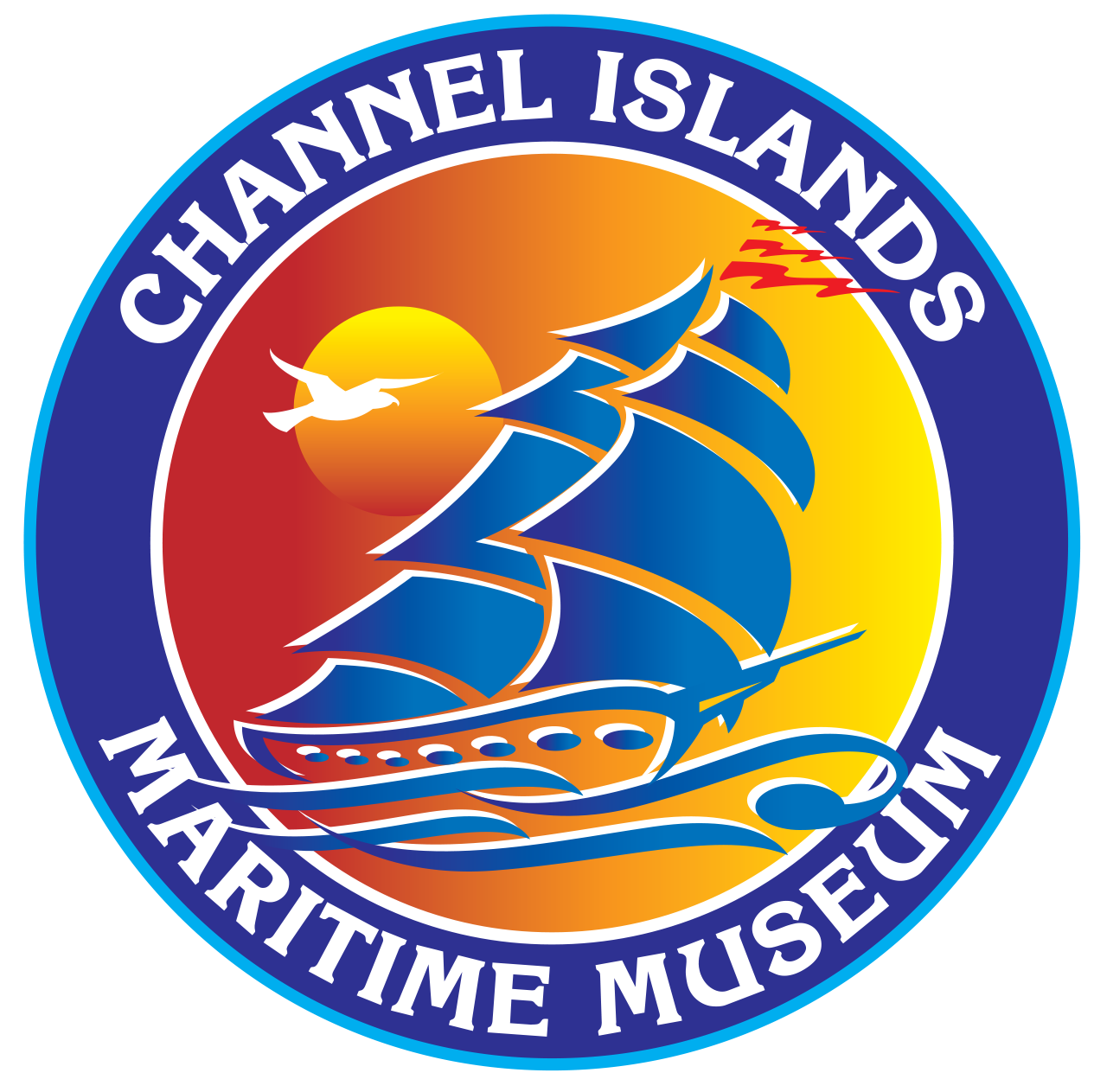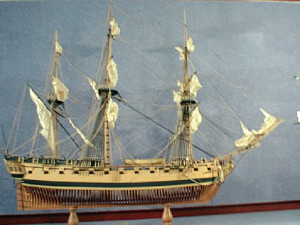Location North Gallery
The Ship
Completed in 1777 and named after John Hancock, the president of the Congress of the United Colonies, she made her first voyage in May 1777, Captain Manley in command, in company with the frigate USS Boston and several privateers. A severe storm quickly scattered the fleet, and the privateers went their own ways while USS Hancock and Boston sailed to the fishing grounds off the coast of Newfoundland.
In June 1777, Hancock was sighted by the British frigate HMS Fox. After a short engagement in which Boston soon joined, Fox surrendered. She was still in company with Boston in July when they encountered three British warships. Manley mistakenly identified one of the ships as a ship of the line and surrendered to what seemed to be overwhelming force. Hancock was taken and renamed HMS Iris after having served the Continental Navy for only 61 days.
There have been statements that neither Hancock nor Confederacy had distinguished careers in the American Navy. Iris, however, made a great many British officers and seamen rich with prize money. She was known during the Revolutionary War period as the fastest frigate in the world. She was captured by the French in the West Indies, where she served after the American Revolution and ended her life as an ammunition storeship in Toulon, France.
The Model
Plank on frame construction H 48” L 52” W 23”
Built by J.M. Brown circa 1995
Source: Christies Kensington, London

